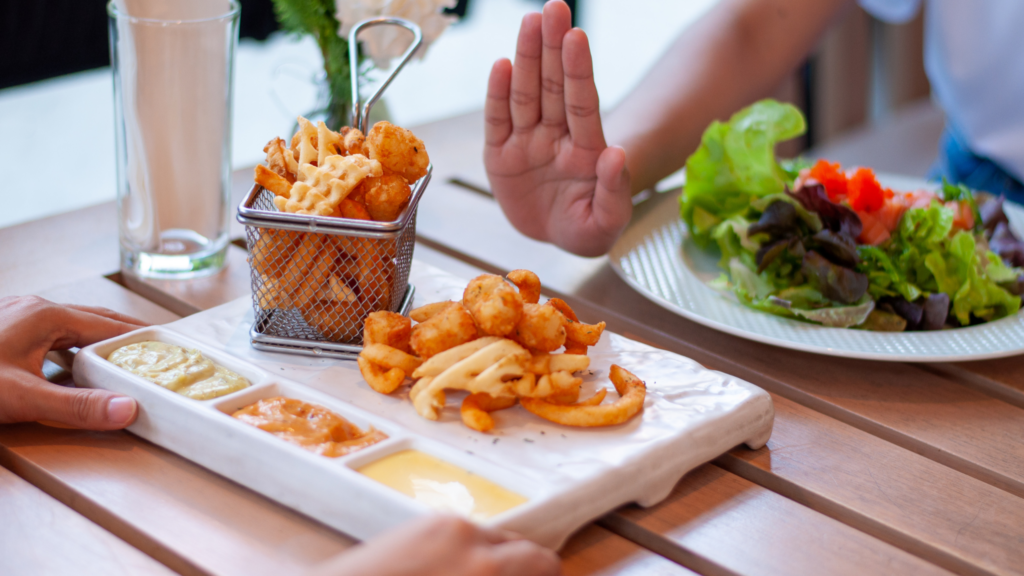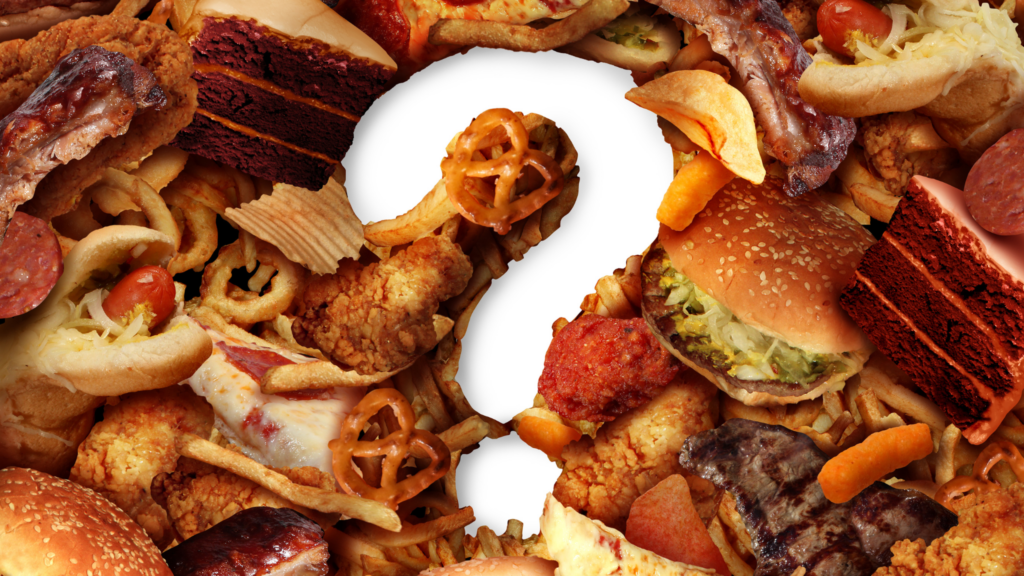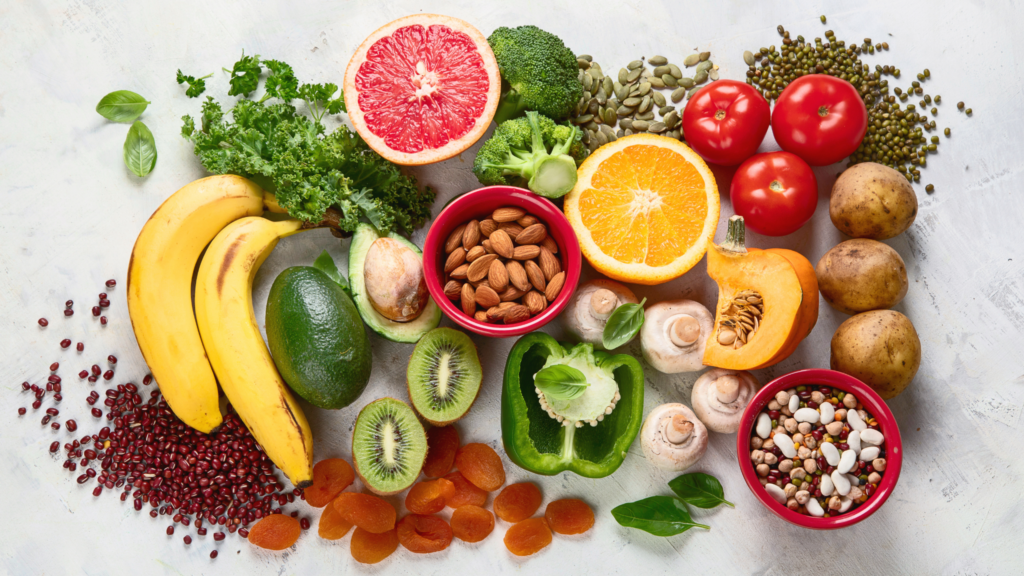
High blood pressure is a staggeringly common problem among adults today and is the number one cause of health problems such as strokes, heart disease, and kidney disease. Knowing the top 15 foods to avoid with high blood pressure could be the first step to a healthier lifestyle.
This guide to the dos and don’ts of dieting for high blood pressure answers the important questions about what to avoid and what to introduce. Does spicy food raise blood pressure? How much salt is too much salt? Can you reduce the risk of hypertension by eating certain foods? Let’s find out.
The number one enemy for people with hypertension is sodium. Sodium relates to the salt content in food- the more it has, the worse it is for your heart. The American Heart Association says people should limit their daily sodium intake to 1,500 milligrams.
Salt intake is at the top of the list, but sugar and fat are also best avoided. They lead to weight gain, which puts extra pressure on the heart and can cause diabetes- increasing your risk of developing hypertension.


It’s not all bad- some foods lower blood pressure and improve heart health. These 10 foods should be your new dietary MVPs.
Spicy food consumption is often linked to health benefits. Medical studies have shown a connection between spicy foods and reduced risk of heart disease.
If you love to eat spicy food, this could be great news- but it is not across the board.
Chili pepper consumption and natural spicy ingredients are great, but store-bought generic hot sauce can still have a lot of calories- and usually a very high sodium content.
Spicy food is only good for your heart if it is cooked healthily using real chilis and natural ingredients.
If you are still fretting about the thought of saying goodbye to steak, you can breathe. You don’t need to completely remove red meat from your diet- but you do need to pick the right way to enjoy it.
Choose lean cuts and grill them rather than fry them. Ditch the butter and side sauce and opt for a natural garlic or chili oil instead. Season with herbs rather than salt.
Cardiovascular disease is far less prevalent in countries that use natural spices and alternative ways to season food.
Herbs and spices should be your new best friends. People in the US have gotten too used to thinking that everything needs salt to taste good, but it is not true!
Here are a few simple ways to make tasty food without using salt.
Changing your diet can make a huge difference, but it may not always be enough to remove the need for medication. Speak with a doctor for a better idea of your situation.
The trick to making any health habits last is making them manageable and remembering why you are doing it. If you are dragging your feet over cutting out the foods on this list, think about the alternative if you don’t.
It can be tough to drop everything at once- so start with your worst habits and find something to have instead.
Serial snackers can replace chips and candy with fruit, whole-grain crackers, or other healthy but tasty bites. Meat lovers could begin by switching to leaner options and looking for new and exciting recipes that favor veggies instead.
Make sure you set clear goals and set yourself up for success. Remove temptation and surround yourself with the support you need.
These 15 foods are especially bad for the blood vessels, but it is a good idea to avoid anything that has a lot of salt, saturated fat, or sugar. Small lifestyle changes can have an incredible impact on your health. Implementing a blood pressure-friendly eating plan is a great first step.
Copyright © CardiacKrock.com. 2022 All rights reserved. | Sitemap